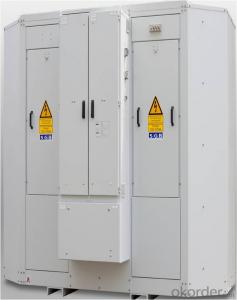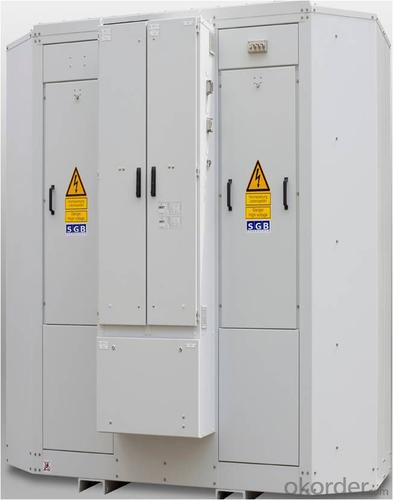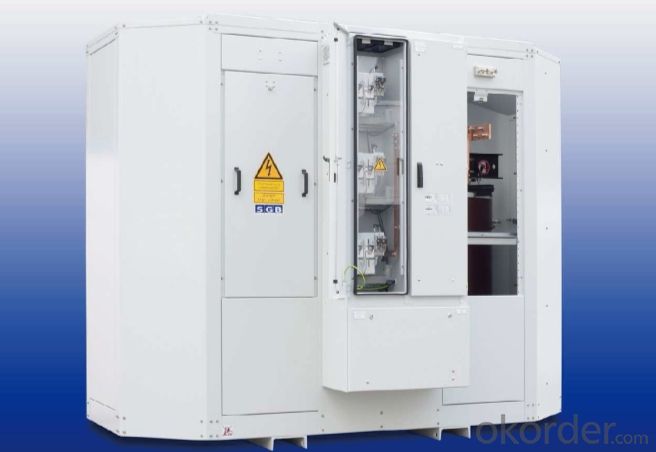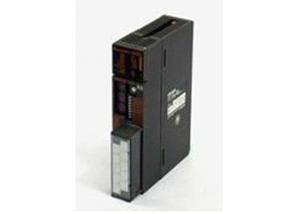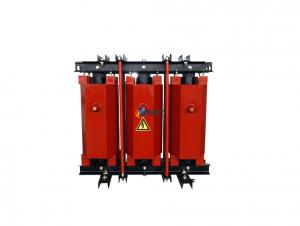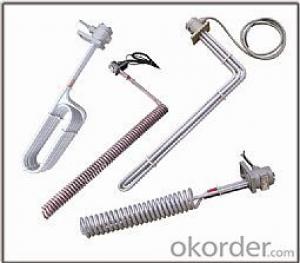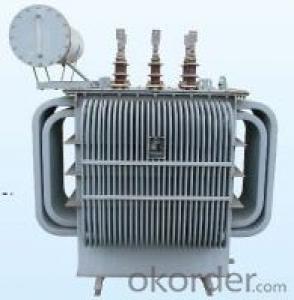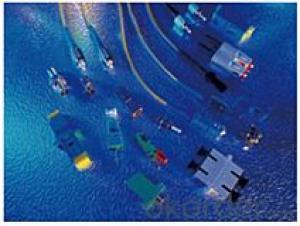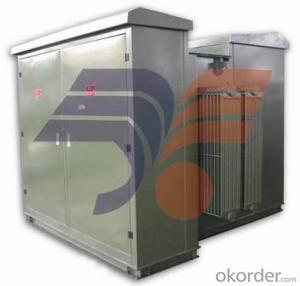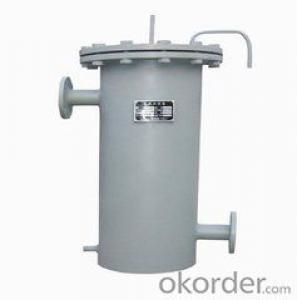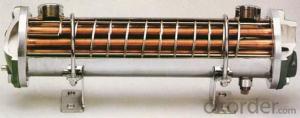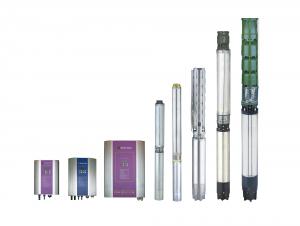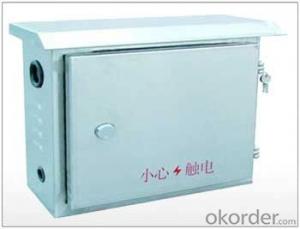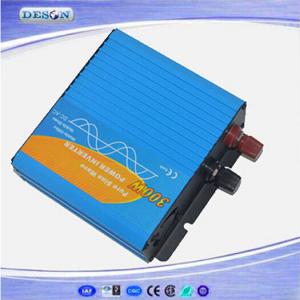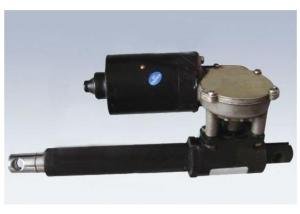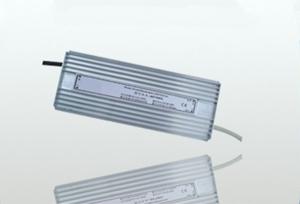SGB Jet System Offshore with Good Quality
- Loading Port:
- China main port
- Payment Terms:
- TT or LC
- Min Order Qty:
- 1 unit
- Supply Capability:
- 1000 unit/month
OKorder Service Pledge
OKorder Financial Service
You Might Also Like
1.DESCRIPTIONOF THE JET-SYSTEMS
In this context, the SGBresin-encapsulated transformer is accommodated in a proven protective housingIP44. The cold supply air is routed directly to the housing from outside via asupply air box and a piping system. The cooling air is routed directly into thetransformer winding ducts via an air guide plate.
The exhaust air heated by thetransformer losses is blown directly into the open air via a piping system whichalso accommodates a low-noise fan and an exhaust air box.
This makes up a defined coolingsystem which can be tested in the scope of a factory test and ensures that themeasured values are also reached after installation within the wind energyplant.
No-load losses and the low loadlosses up to 30% nominal power can be dissipated without switching the fan ON. Incase of a higher load, the fan is activated via temperature sensors in thewindings.
The optimized design of the coolingsystem makes for considerable material and space savings. The targeted airsupply keeps the heating of the windings low.
The transformer has been designedfor climate class C2 and for a temperature range from + 40 to – 25°C. Temperatures between –50°C and + 50°C can be covered in exceptional cases.
In accordance with the environmentalclass E2, the transformer was tested successfully at KEMA in a climatic chamberwith moisture precipitation and a conductivity of the water of 0.5 to 1.5 S/m.If the environmental conditions exceed these requirements, the feed air box canbe equipped with appropriate filters.
2.PERSONALAND FIRE PROTECTION
Thanks to the high reliability ofSGB resin-encapsulated transformers, the risk involved is very low. Due to thelow fire load and the fact that no coolant is used, the transformer does notcontribute essentially to fire incidents.
The dismountable housing ofgalvanized sheet steel protects the staff against touching live parts. All componentsare connected to the plant's grounding system. In case of faults, the hot gasescan escape via the ventilation and deaeration lines. Arc monitoring sensorssignal malfunctions occurring, thus allowing the plant to be switched offextremely quickly. This reduces possible risks and damage considerably. Fire gasesare also routed out of the plant via the supply and exhaust air lines, thus satisfyingthe requirements of EN 50308.
The temperatures of the windings areintegrated within the plant control system and, on being exceeded, cause theplant to be deactivated.
CONDITIONSFOR CONNECTION TO THE GRID
Wind energy plants are often builtand operated on spurs remote from the large consumption and conventional powergeneration centers. Due to the continuously rising proportion of wind energy inconsumption networks, the demands on grid operators as regards the electricalproperties are also on the increase.
Depending on the prevailing conditionsin the countries concerned, voltage fluctuations resulting from the powercharacteristics of wind parks and the behaviour in case of fault have tosatisfy different requirements. A certain amount of inductive and capacitivereactive power must be provided.
As transformers are the linkconnecting the grid to the wind generator, the conditions for connection to thepower system have a considerable effect on the transformer's design and thusthe costs of manufacturing.
Overvoltages on the transformer dueto higher mains voltage or capacitive loads, result in over-excitation and thuscause the core to heat up to inadmissibly high temperatures.
This can be compensated by areduction of induction, i.e. the enhanced use of magnetic sheet metal.
It should also be possible toprovide the rated power of the wind energy plant at undervoltage.
Thus, the transformer must beoperated continuously at approx. 10% higher current. This also means extra materialoutlay.
By optimizing the cooling of thetransformer, through ducts in the windings and the design of the magnetic core,we have managed to reduce this additional extra expense considerably.
3.TRANSPORTCONDITIONS AND VIBRATIONS
As wind energy plants are exportedin high quantities, the stress imposed by transport, especially over the lastfew meters, must be considered. We know from experience that the risks arehigher than those caused by vibration in the wind energy plant and canrealistically be compared to those caused by serious earthquakes.
Thus, the cores of SGB transformersused for wind energy plants are not only secured by gluing the core plates andbandages, but also by pins passed through the core yokes.
Moreover, clamping of theglass-fibre reinforced HV winding and the LVwinding glued with Prepreg is effected by a support system with cup springs.
4.SUMMARY
The targeted cooling within the JetSystem permits material savings and provides a proven, reliable and low-costversion of safe interfacing of wind energy plants to supply grids.
SGB-Cast ResinTransformers
leading in on- andoff-shore solutions
_ High reliability
_ Low fire load
Technical requirements:
_ Wide load variations
_ Harmonics cause additional losses
_ Repeated switching operations
_ Over voltage
_ Grid connected requirements
_ Mechanical stress at transport and during service
5.SGB XINTAI ELECTRIC’SSOLUTIONS:
_ High voltage winding glass fibre reinforced. Even most extreme and rapidload
fluctuation will not induce cracingof insulation
_ Calculation of harmonic losses. Reducing the losses by using the rightshape of
conductors
_ Layer winding with linear voltage distribution, reducing the stress causedby transit
oscillation
_ Magnetic core suitable for overexcitations up to 10% over voltage
6.CHARACTERISTICS
tested by independenttest labs:
Vibration proof IABG
Climate Class C2 KEMA
Environmental Class E2 KEMA
7.PICTURES
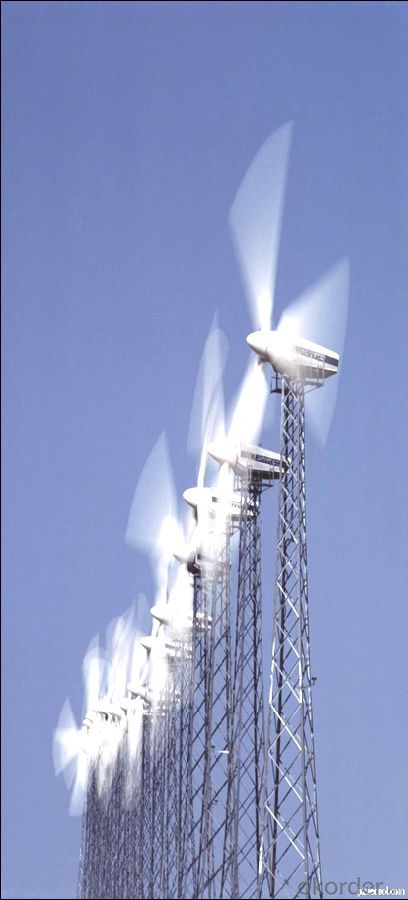

- Q: I'm a fresh grad licensed electrical engineer. Which field in electrical engineering job should i enter? for example, in construction, in manufacturing of electrical equipments in substations and the like, in distribution utilities/gencos.
- gencos
- Q: I was wondering this, as I'm a smoker and never smoke in the house (due to owning expensive computers and such).Would the vapor from an E-cig be safe around electrical equipment? I would presume no, since the water vapor instantly evaporates after being breathed out, as apposed to smoke which lingers around and is rougher than air, which overtime damages fans and circuitry it passes over. Thanks for reading.-Karu
- Very dangerous
- Q: Ever since I was a little kid I could tell when there is a T.V on in a house when I walk by. I get this feeling inside like I can sense the signal or something with my brain. When I walk closer to the T.V the feeling gets stronger. If there is a T.V left on in my house with no sound or picture playing, I am still able to sense that the T.V was left on, and pinpoint the exact room its in without even going inside. Does this happen to anyone else?
- yes. it really depends on your age and hearing but the tv transmits a signal with a very very high pitched squeak when turned on which can be heard by young humans with very good hearing. I always know when the tv is on even when the screen is all black and i go to turn it off and my parents look at me like im psychic. its funny.
- Q: Hi,My friend said i need a surge protector for all my electrical equipment otherwise they could mess up?
- If you live in an area that has underground cabling and your electrical supply is stable, you might not need one. However, if you don't have a surge protector and lightening hits a power line, you could fry some expensive equipment. Even blowing a fuse can cause a big enough surge to burn up an electronic device. Most people protect their pc their tv.
- Q: I have a piece of electrical equipment at a voltage potential of 277VAC to ground. Due to hardware problems I have an air gap of 3/8 from ground to 277VAC when it used to be one inch. Please advise if I am safe to leave it that way or should I add insulation.
- That is ok with respect to any possible arc. But there may be other reasons to add insulation. Safety for example. If it's easy to add the insulation, do it. .
- Q: I have a piece of electrical equipment that uses a 12v DC in that i want to replace with a battery, as it currently uses a wall charger with an AC converter. How would i go about doing this for cheap? making it myself wouldn't be out of the question, all i need is a guide. The 12v pack must also be as small as possible, as it is powering a portable device.
- You want to replace a battery charger with a battery? Makes no sense. 12V is quite a voltage - you need 8 1.5V batteries, or a 9V and 2 1.5V batteries, but that only take scares of voltage. You also need POWER (amps). Say you power 20 W of speakers, that requires about 1.6 A - not a trivial current for common batteries. Think car battery (which is not very portable )
- Q: Hi everyone!I'm currently enrolled in an electrical engineering course and I like it a lot, I just don't like the computer aspect. I actually really hate computers. I'm more of the other spectrum like the hands-on mechanical side. However i don't purely want to do mechanical engineering cause i do like electronics. is there a meeting point? should i major in electrical and minor in mechanical? or major in mechanical and minor in electrical?to make things worse i've always had an interest in biomedical enigineering but the biomechanics track. I'm not enrolled in that because i heard that its hard to find jobs in that field since it's still developing.opinions? advice? anything is appreciated:)thanks!
- Well, with a mechanical engineering degree, you can do almost any other engineering discipline, granted you get a little more education in it too. Mechanical engineering is the broadest of the three fields you mentioned above; I've heard of of some mechanical engineers working in the medical device industry, so I would suggest mechanical. Electrical, on the other hand, is a whole other ball game. It deals with circuits and electrical devices,programming, etc. If electricity and magnetism from physics interested you, then I suggest looking into electrical engineering.
- Q: Hi, I was wondering if anyone had any information on this car (specifically around a 2003 model) because I was planning to purchase one. From searching on google all I could manage to find was that they were sturdy, safe cars that cost a lot to repair, which I figured since it's a mercedes. Thanks!
- The c230 is just like a lot of the modern mercedes cars, they have some simple issues with build quality but if the car has been looked after by the dealership all the recalls will have been done. Ja.
- Q: direct tv came to the house we just moved into and the power went out when he was hooking up a reciever and turns out all our outlets are messed up except two. one is completely dead. one was red on his tester thing and he said that is dangerous--forgot what he said about it and all the other are open ground i guess, and the fuse keeps blowing. is there any way to fix it without an electrician??? my husband knows some electrical stuff thanks
- This is not a small issue, call a qualified professional electrician to do the work quickly. Your husband may be able to find and repair the problem, but a pro can probably find the problem in an hour. Fixing it depends on what the problem is. Open grounds could be a case of old 2 wire power in the house, also the line and neutral could be reversed in a 2 wire system and that will cause the new electronic equipment to do many strange things. Since you have fuses in the system, I suspect a system installed before 1960 and it needs a complete upgrade. If you have just purchased this house, did the home inspection show the electrical panel inspection and did you then negotiate the needed upgrades?
- Q: (1) source would be from a house and another source would be from a battery [and may not always be on but when on should have priority over the house's power].
- What you're describing is called an uninterruptible power supply, or UPS. It allows your normal house electrical to power your equipment and cuts in the batteries when the electric fails. The amout of load and size of batteries will determine how long the UPS can run from the batteries. If you are just going to power your computer, these things can be purchased from most computer stores.
Send your message to us
SGB Jet System Offshore with Good Quality
- Loading Port:
- China main port
- Payment Terms:
- TT or LC
- Min Order Qty:
- 1 unit
- Supply Capability:
- 1000 unit/month
OKorder Service Pledge
OKorder Financial Service
Similar products
Hot products
Hot Searches
